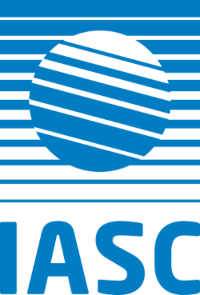Scientific Highlights
- Standardized common protocols can help consolidate collaborative research efforts across the Arctic
- Integrating across scales, from plot-level vegetation analyses to remote-sensing products, will help monitor the influences of herbivores in tundra ecosystems
- Systematic tools to synthesize existing knowledge on plant-herbivore interactions can help assess how robust our knowledge base is, and can guide the design of targeted studies
Meeting Summary
Interactions between herbivores and plants are a fundamental component of Arctic ecosystems. These interactions can modulate the responses of tundra ecosystems to ongoing environmental changes; for example, through their impacts on the structure of vegetation, herbivores can influence patterns of snow cover and albedo, with large-scale consequences to the climate system. As well, many herbivores are important to the livelihoods of peoples in the Arctic. The Herbivory Network (HN; http://herbivory.lbhi.is) was initiated in 2014 with the support of IASC. HN has continued to develop as a growing international network of researchers investigating the role of herbivores in the tundra. The last five years of collaboration have been very fruitful and have resulted already in 6 scientific publications and 17 presentations at conferences and scientific meetings. But there is still a long way ahead!
The last HN meeting was held 19-24 September 2019 in Labytnangi, Yamal-Nenets Autonomous region, Russia. Meeting participants were warmly welcomed to the town of Labytnangi, in beautiful autumn colours. The meeting was hosted at the newly built research facilities at the Arctic Research Station of the Institute of Plant and Animal Ecology, Russian Academy of Sciences. A total of 20 researchers (including 8 Early Career Scientists) from 8 countries participated in the meeting, which was organized as a series of parallel smaller hands-on workshop sessions. During the meeting we made substantial progress on some of the ongoing HN projects and new ideas for future collaboration projects were developed.
A report on the Herbivory Network website is also available here.
More information about this and other activities funded by the IASC Terrestrial Working Group is available here.
